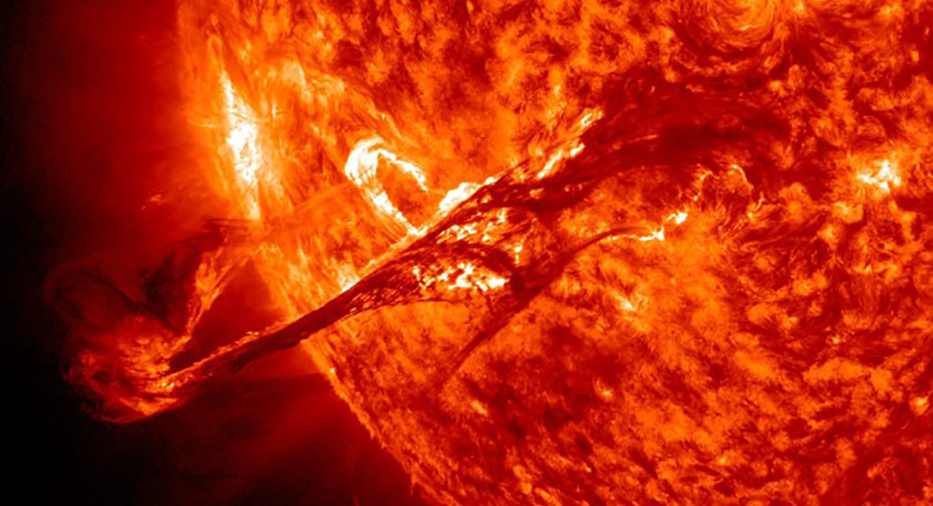The most profound questions with the most surprising answers are often the simplest to ask. One is: Why is the climate always changing?
Historical and archaeological evidence of global warming and cooling that occurred long before the Industrial Revolution requires natural explanations.
Here, the surprising answer about those never-ending natural climate changes is that galactic cosmic rays, atomic particles coming from the supernova remnants left by exploded stars, appear to play a major part.
By ionizing the air, cosmic rays help to form aerosols that may grow into cloud condensation nuclei (CCN), required for water droplets to condense and create low-altitude clouds. As these exert a strong cooling effect, increases or decreases in the cosmic ray influx and cloudiness can significantly lower or raise the world's mean temperature. This was our central hypothesis.
In 1996 the unexpected discovery was announced that the intensity of Galactic cosmic rays incident on the Earth's atmosphere correlates closely with variations of global cloud cover. It was suggested that this connection could be responsible for the observed correlations between variations in solar activity and climate.
With the aid of experiments, we tested whether cosmic rays by ionizing the air can help form new small aerosols. In 2006, the first results were published, which demonstrated that when ionization increased, the number of small aerosols (3 nm) increased as well. A second discovery was made in 2017 when it found that ions also accelerates the growth of aerosols such more will survive to CCN.
As a result, Cosmoclimatology now has a physical mechanism linking cosmic rays with aerosol formation and growth to CCN, with a basis, in theory, experiment and observations.
Cosmic rays are not only modulated by solar activity. Over millions of years, there can be much larger variations in the cosmic ray flux striking on the Earth's atmosphere. These variations are related to the changes in supernova rates in the solar neighbourhood and provide an independent test of the cosmic ray cloud link.
As the solar system orbits the Milky Way centre, it encounters the spiral arms of our Galaxy, which are regions of increased star formation and, therefore, also the heavy stars that become supernovae. Spiral arms are, therefore, regions of elevated galactic cosmic ray flux. The remarkable observation is that icy episodes on Earth during the Phanerozoic Eon (last 542 Ma) can be linked to the Solar System's encounters with spiral arms.
But it is not just the climate that is affected. Life on Earth responds to the large climatic variations. The effects are counter-intuitive, with the most generous bio-productivity occurring in the cold intervals associated with the star-forming regions.
The research aims to understand the full implications of the cosmic rays link on historical climate change, present climate, and geological time scales. The aim is to quantify the effect on climate and its implications for life on Earth.
